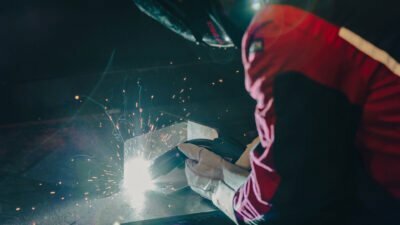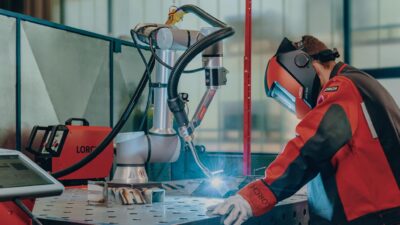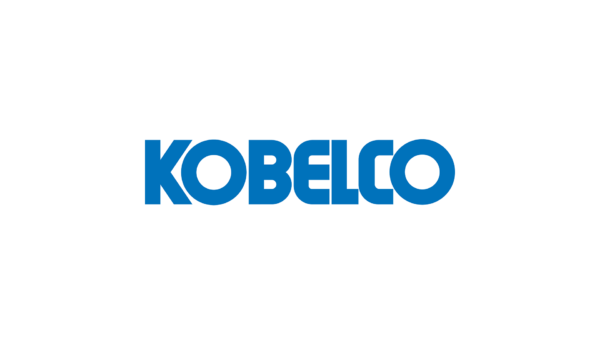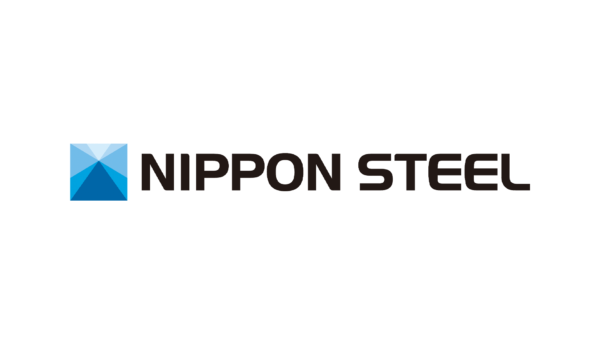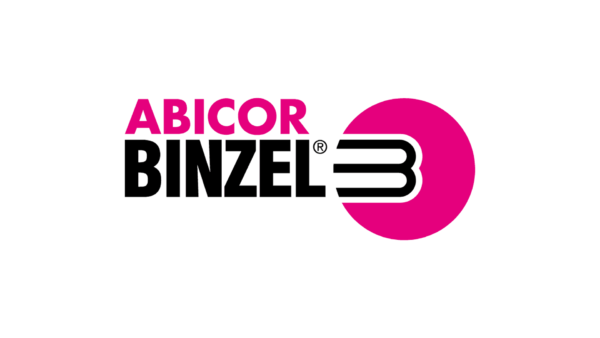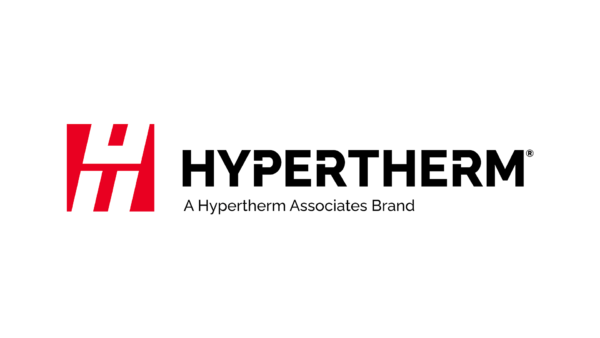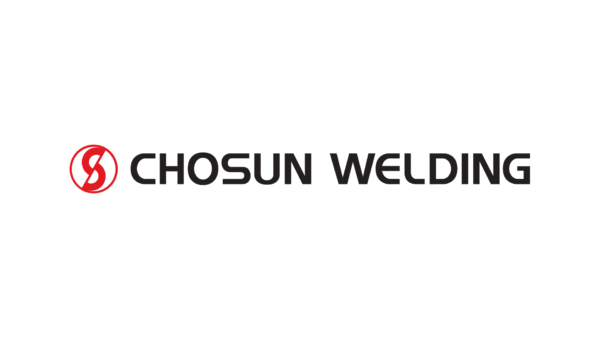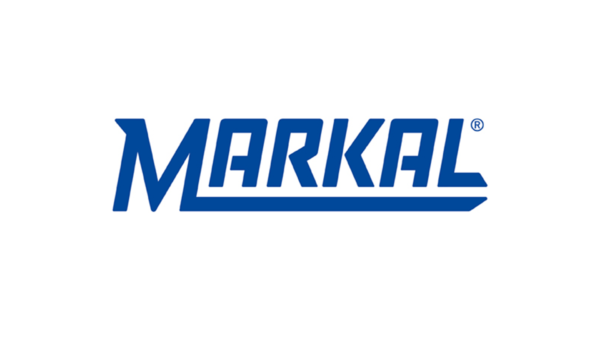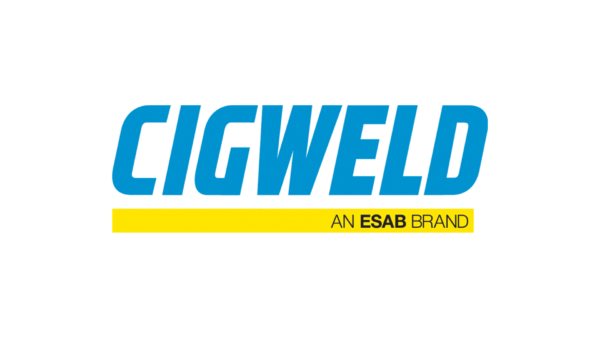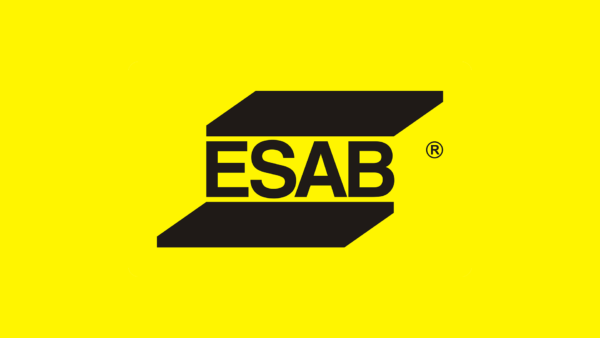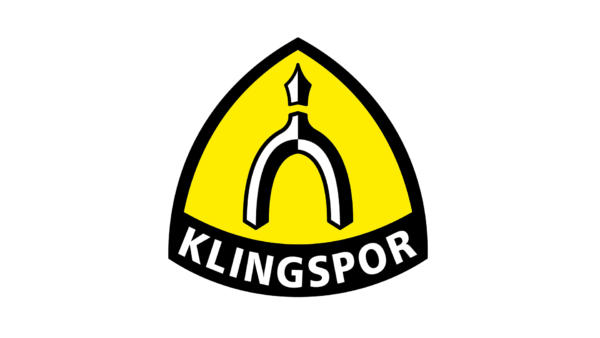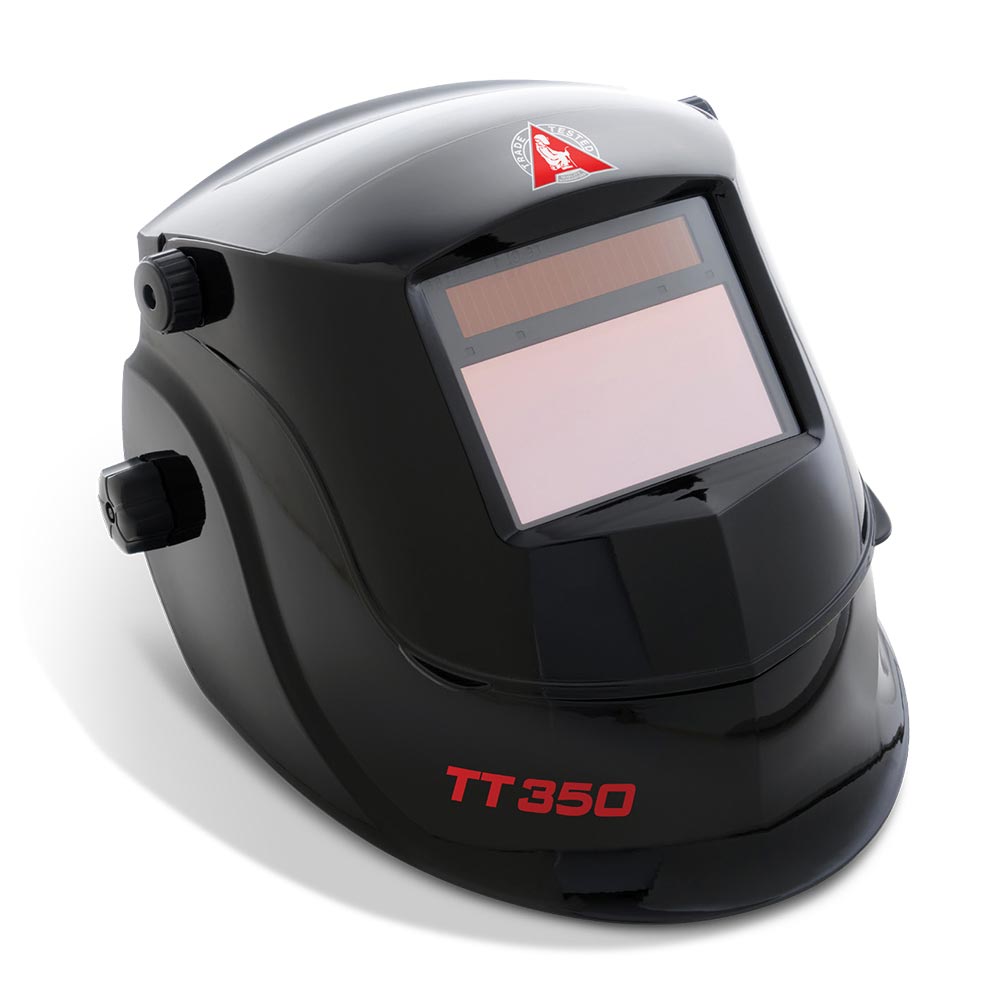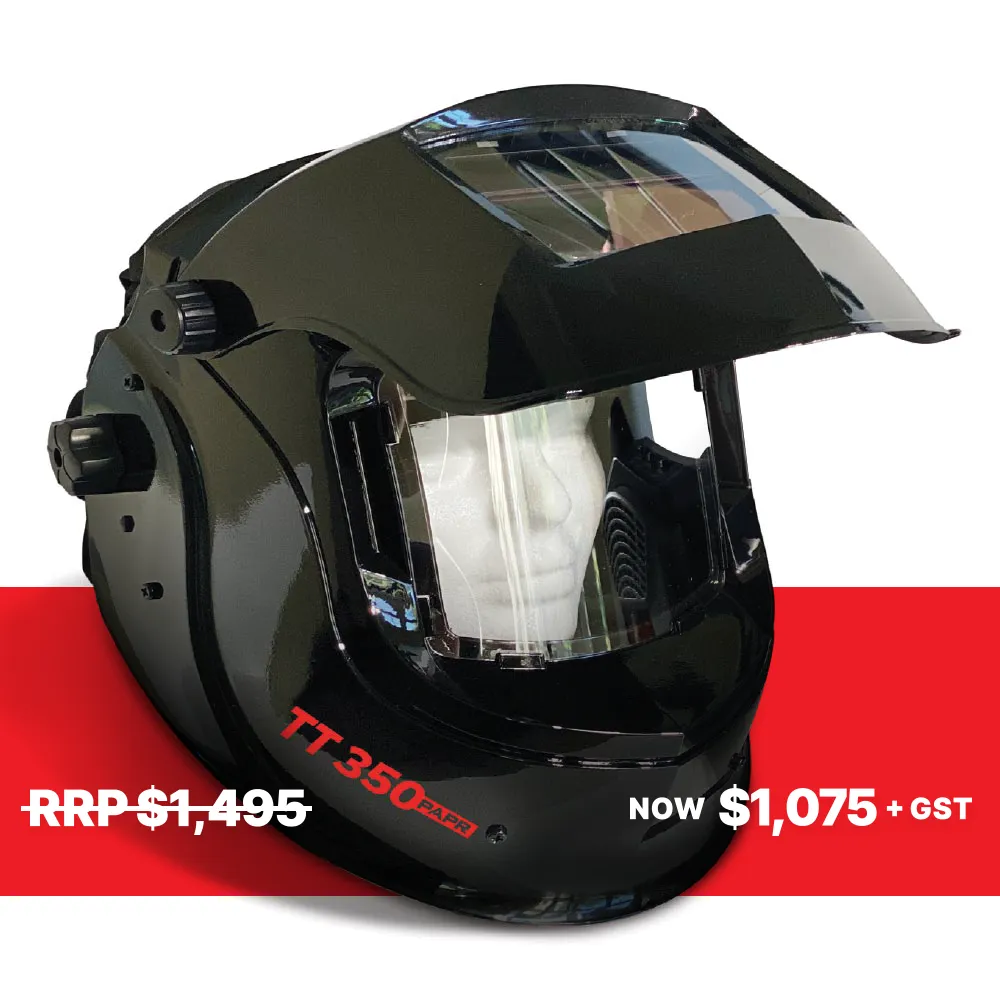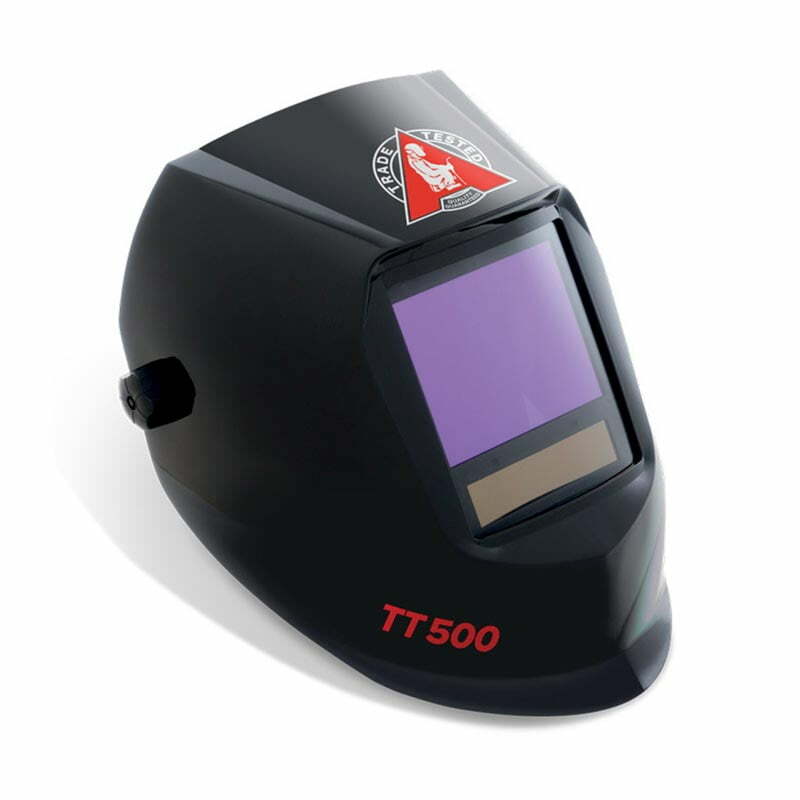Needs range from those of a professional welder, who potentially wears a helmet 6-9 hours a day, 5 days a week, to a weekend warrior welding an hour or so now and then.
In all cases, the welding helmet you wear can have a direct effect on your health and the quality of the welding work you do – not just your pocket. So do the research and take the time to try out helmets for fit and comfort before you buy.
Regulatory Safety Standards
ANSI (US) and EN (European) standards are not interchangeable with Australian and New Zealand Standards (AS/NZS). So, New Zealand welders should select a welding helmet which meets with the relevant AS/NZS standards:
- AS/NZS 1338.1 (Eye Protection)
- AS/NZS 1337/1337.1 (Face and Impact Protection)
Some may require compliance with additional standards:
- AS/NZS 1716:2012 (Respiratory Protection)
- AS/NZS1801 (Head Protection)
- AS/NZS1270 (Hearing Protection)
Fit and Comfort
It’s not a case of one size fits all. Heads vary in size and shape. The welding helmet should be held comfortably onto your head by the contact points on the headgear without excessive pressure. A mid-range helmet typically has 3 bands with adjustability; better quality helmets have up to 5 adjustable points of contact which allow the user to custom fit the helmet to their head. Fit should also include assessing the balance of the helmet on the head to avoid neck strain.
A light weight helmet also reduces neck strain and improves comfort. Newer technology helmets are usually lighter, however, be aware that larger viewing screens mean a bigger ADF lens which is the main weight component in the helmet.
The hood needs to flip up and down smoothly and stay in position regardless of movement. If working in confined spaces, look for a helmet with streamlined shape and low pivot point so the hood in the up position does not sit as high.
PAPR respiratory helmets can usually be worn with facial hair, however, check the adjustable head and face seal tightens around the neck on bare skin.
Eye Protection and Work View
The field of view you have is important, but the clarity you see with matters more. Most helmets shield the weld well and provide the necessary UV protection to guard your eyes, but with optimum clarity you will weld better and easier for quality welds. Clarity is related to lens quality but also can be affected by lens shade or outer lens colour.
Lens Shading
Welding helmets come with several shading options to consider; fixed shade with no variance, variable shade within certain ranges, passive or auto-darkening (ADF). Older style basic helmets used passive, fixed shade lens and the welder flicked the hood down before starting to weld. Lens technology has advanced to provide welders with much better eye protection from the arc plus better comfort and ease of use. Variable shade, auto-darkening lenses are the best option but even a fixed shade ADF lens will make a welder’s job easier and safer.
Welding shades range from number 5 to number 13, getting darker as the number increases. The brighter the arc is, the darker the lens should be. If you’re always welding similar work, then a fixed shade ADF may suit. If your work varies frequently, look for wider shade variation.
Better quality helmets also have a grinding mode that’s almost transparent, and often the option of shading for grinding, soldering, or brazing work, as low as number 2.
General Selection Guide for Lens Shade:
Auto-Darkening Lens
The delay of an auto-darkening lens is the time it takes for the shading to darken once the arc is lit; the faster the response is, the more protection your eyes receive. The best helmets switch from a light to dark state at speeds of 1/25,000 of a second. This is done by using more sensors than the average helmet to sense the arc strike, typically four sensors compared to two, and is also a safety improvement as 4 sensors are less likely to be blocked from the arc than two.
If you often weld outdoors, a Light Sensitivity Control may be useful. This allows you to adjust how much light it takes for the ADF darken so you can allow for the brightness of the sunlight and avoid the ADF darkening before striking the arc.
Newer technology helmets also have a Delay Control option which allows the user to adjust how long it takes the lens to react after the arc breaks, particularly useful when welding at high amps, such as with large diameter flux-cored wires, as it keeps the lens dark a fraction of a second longer to give the weld puddle a chance to cool and lose intensity.
Some ADFs also provide memory functions to store pre-selected settings for shade, sensitivity and delay, useful if you frequently switch between applications as it eliminates the need to twiddle with settings each time.
Lens Quality
This is assessed internationally using the European Norm (EN) 379 Standard where the highest possible quality rating is 1/1/1/1 and the lowest is 3/3/3/3. Newer ADFs also offer a “true colour” perception, eliminating the greenish tinge which muddies the view of the weld puddle. The clearer colour helps to better read the weld puddle and the HAZ, critical factors for puddle control and bead placement.
Respiratory Protection
Welding fume is dangerous to the health of anyone exposed to breathing it in, welders and others in the vicinity. Highly carcinogenic, it can also cause a range of respiratory diseases such as emphysema, chemical poisoning, etc. Purified Air Powered Respiratory helmets are a first line of protection for the welder which are well worth investigating whether you weld a little or a lot. Look for AS/NZS regulation certification, HEPA filters, 97-98% efficiency, for maximum protection. Also check the battery life, some only last 4 hours, and the cost of consumables, replacement filters, batteries, etc.
Durability
Some helmets will be more durable than others depending on both the design and the composite materials, for example, a nylon-reinforced polymer will provide exceptional durability over conventional plastic polymers.
Welding helmets also use a plastic lens to protect the ADFs from spatter, smoke, scratches and impact. These protective lens require changing, frequency depends on the nature of the welding work, some lens covers can be changed in seconds, while others take longer and are more complicated. So, check the price of the consumables but also the ease of changing over.


